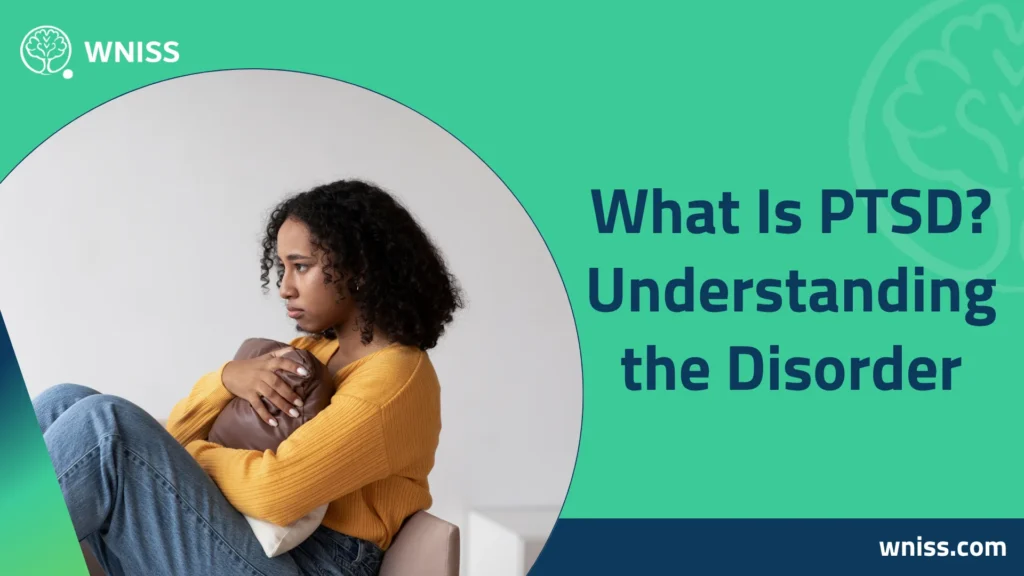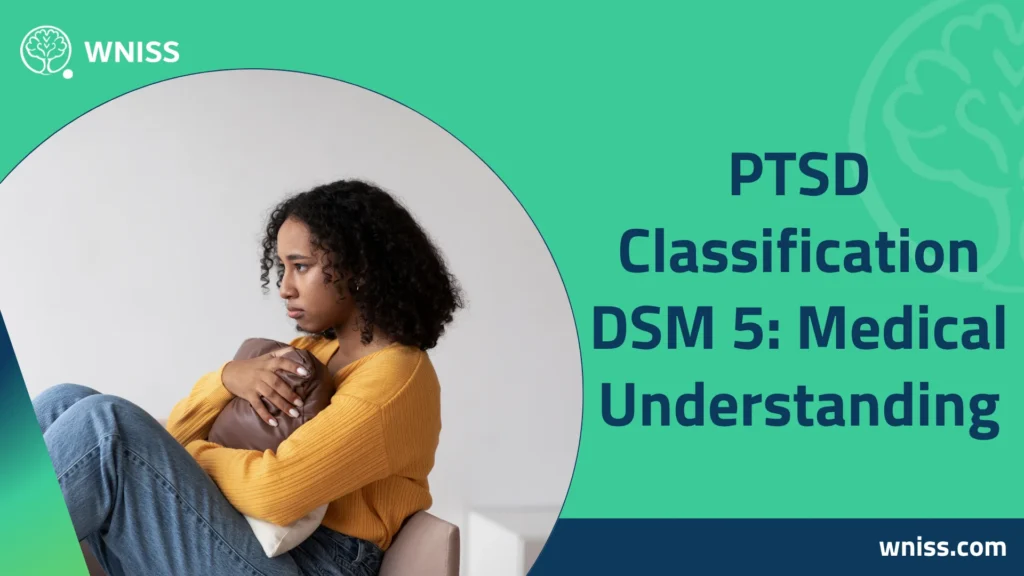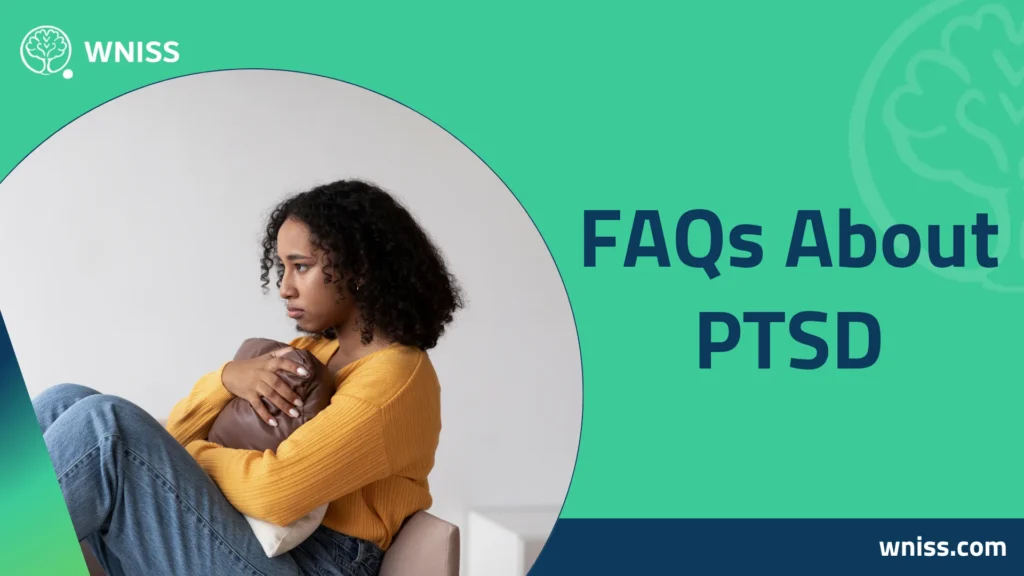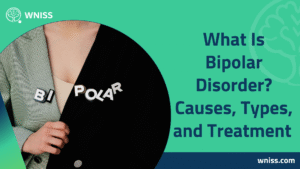What is PTSD? This is a question that many people ask after experiencing a traumatic event or knowing someone who has. PTSD, also known as post-traumatic stress disorder, is a serious mental health condition triggered by experiencing or witnessing terrifying events. While it is natural for people to feel afraid or stressed after trauma, PTSD occurs when these feelings do not fade over time but instead worsen, impacting daily life.
- People with PTSD often relive the trauma through flashbacks and nightmares.
- Many feel constantly anxious, irritable, or emotionally numb.
- Physical symptoms like trouble sleeping and rapid heart rate are common.
- PTSD doesn’t only affect soldiers or accident survivors – it can affect anyone, including children.
Narratively, imagine a person who feels trapped in a memory, unable to return to normal life, even though the event ended long ago. This daily struggle describes what PTSD can feel like.
What Is PTSD? Understanding the Disorder
Answering what is PTSD involves understanding its emotional and physical impact. Post-traumatic stress disorder is classified as a trauma and stressor-related disorder in mental health diagnosis. According to the PTSD APA (American Psychiatric Association), PTSD is a condition where individuals experience intense, disturbing thoughts and feelings related to their trauma long after the actual event.

- PTSD was once classified as an anxiety disorder but now stands as a distinct diagnosis.
- Flashbacks, nightmares, and intrusive thoughts are core PTSD symptoms.
- Emotional avoidance of reminders of the trauma is common.
- Hyperarousal symptoms, such as being easily startled or constantly tense, often develop.
Narratively, someone with PTSD may avoid driving after a car accident, fear crowds after a violent attack, or be unable to sleep peacefully due to recurring nightmares.
Causes of Post-Traumatic Stress Disorder
Understanding the causes of post-traumatic stress disorder reveals that trauma alone doesn’t cause PTSD – it’s how the brain and body process the trauma that leads to the disorder.
PTSD can result from:
- Directly experiencing life-threatening events, such as assault, natural disasters, or war.
- Witnessing traumatic events happening to others.
- Repeated exposure to distressing details of trauma (common in emergency responders).
- Learning about traumatic events affecting loved ones.
Narratively, two people might experience the same event, yet only one develops PTSD. Why? Because factors like genetics, previous mental health struggles, support systems, and coping mechanisms all influence who develops post-traumatic stress disorder after trauma.
PTSD Symptoms: What to Watch For
When identifying PTSD symptoms, it’s important to note that they fall into four main categories, as outlined in the PTSD classification DSM 5 and the updated PTSD criteria DSM 5 TR. Symptoms typically develop within three months after the trauma but can appear much later.
The main categories of PTSD symptoms include:
- Intrusion symptoms
- Recurrent distressing memories of the traumatic event.
- Nightmares related to the trauma.
- Flashbacks that make the person feel as if the event is happening again.
- Avoidance symptoms
- Avoiding places, people, or situations that trigger memories.
- Trying to avoid thinking or talking about the trauma.
- Negative changes in thoughts and mood
- Persistent negative emotions like guilt, shame, or anger.
- Feeling emotionally numb or detached from others.
- Loss of interest in activities once enjoyed.
- Changes in physical and emotional reactions (arousal symptoms)
- Being easily startled or frightened.
- Trouble sleeping and concentrating.
- Irritability or angry outbursts.
- Engaging in self-destructive behaviors.
Narratively, imagine feeling tense every time you hear a loud noise, or avoiding entire streets because they remind you of what happened. These reactions, over time, disrupt work, relationships, and health.
PTSD Classification DSM 5: Medical Understanding
The PTSD classification DSM 5 recognizes PTSD as a trauma-related disorder rather than an anxiety disorder, as classified in earlier versions. The PTSD criteria DSM 5 TR provide clear guidelines for diagnosis:

- Exposure to trauma through direct experience, witnessing, or indirect exposure.
- Presence of intrusion symptoms.
- Persistent avoidance behaviors.
- Negative changes in mood and thinking.
- Hyperarousal symptoms lasting for more than one month.
- Significant distress or impairment in daily life.
Narratively, this classification allows mental health professionals to diagnose PTSD more accurately, understanding that the condition’s impact extends beyond anxiety and affects emotional, cognitive, and physical well-being.
Effects of PTSD on Physical and Mental Health
Understanding what is PTSD must include knowing its effects on the whole person – not just mentally but physically too. Post-traumatic stress disorder disrupts:
- The brain’s ability to regulate fear and stress.
- Hormonal systems, especially the stress hormone cortisol.
- Sleep patterns, leading to insomnia or nightmares.
- Immune system functioning, increasing illness risk.
- Relationships and work life due to irritability and emotional withdrawal.
Narratively, a person with PTSD might wake up exhausted after a night of nightmares, avoid loved ones, and feel constantly on edge, unable to relax even in safe situations.
Ways to Heal: Treatment and Recovery from PTSD
While PTSD can feel overwhelming, healing is possible. Understanding how to heal from PTSD involves exploring treatment options like:
- Cognitive Behavioral Therapy (CBT): Focuses on changing unhelpful thought patterns.
- Prolonged Exposure Therapy: Helps reduce fear by gradually confronting trauma reminders.
- Eye Movement Desensitization and Reprocessing (EMDR): Combines focused eye movements with recalling traumatic memories to process and reduce distress.
- Medications: Antidepressants like SSRIs may help manage anxiety and depression symptoms.
- Support groups and peer networks: Sharing experiences helps reduce isolation.
Narratively, imagine someone who once avoided all reminders of their trauma slowly learning to face them in therapy, regaining control over their life and emotions. With professional help and patience, many individuals learn to manage PTSD effectively.
FAQs About PTSD

How does PTSD affect a person?
PTSD affects both the mind and body. People may experience flashbacks, nightmares, emotional numbness, and avoid places or people linked to their trauma. Physically, it can cause insomnia, exhaustion, and weakened immunity. Relationships, work life, and daily routines are often disrupted.
What is living with PTSD like?
Living with PTSD feels like being trapped in fear, even when no danger is present. Individuals may avoid situations that remind them of their trauma, struggle with mood swings, and feel disconnected from friends and family. Everyday activities can feel exhausting and overwhelming.
What are the 5 signs of PTSD?
The five main signs include flashbacks, nightmares, avoidance of reminders, constant feelings of guilt or fear, and hyperarousal symptoms like being easily startled or irritable.
Can you overcome PTSD?
Yes, PTSD can be managed and treated with therapy, medication, and support. While healing takes time, many people learn coping strategies that help them lead healthy, balanced lives despite their trauma.
Does PTSD ever go away?
In many cases, PTSD symptoms can significantly improve with treatment, though some people may experience ongoing symptoms for years. Early intervention and consistent therapy increase the chances of recovery and symptom reduction.
In conclusion, understanding what is PTSD goes far beyond knowing it as a stress response to trauma. Recognizing post-traumatic stress disorder as a life-altering mental health condition highlights the need for awareness, diagnosis, and treatment. Whether examining the causes of post traumatic stress disorder, identifying PTSD symptoms, or understanding the PTSD classification DSM 5 and PTSD criteria DSM 5 TR, it’s clear that PTSD requires compassionate care and professional support. While trauma leaves lasting scars, healing is possible, and with the right help, individuals suffering from PTSD can regain control of their lives and find peace once again.




